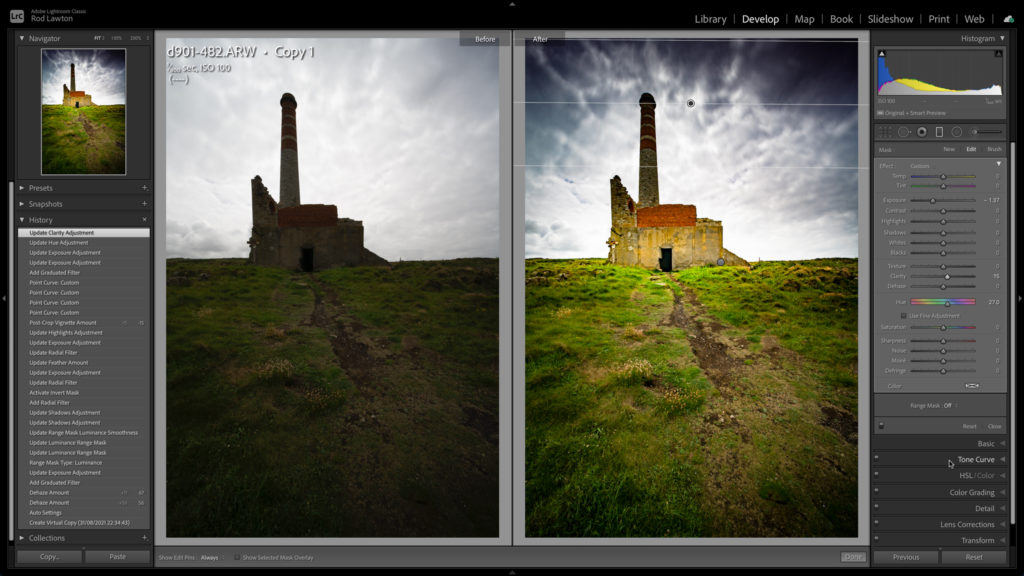It’s not just all that editing work you’ve invested in Lightroom, but all the albums, keywording and image organization you’ve built up over the years too. Does that mean you’re stuck with paying a subscription for ever?
Lightroom Classic

Lightroom Classic is an all-in-one photo cataloguing, organising and editing tool that is based around the original Adobe Lightroom and desktop image storage. It's one of the most popular and widely used photo editing applications on the market and is available alongside Adobe Photoshop as part of the subscription based Adobe Photography Plan.
Read related articles below and read this full Lightroom Classic review
The new Lightroom Lens Blur tool explained
Adobe’s October 2023 update adds a new Lightroom Lens Blur panel. It’s flagged as Early Access, so it’s still in development, but you can use it right now and it’s actually rather impressive!
Lightroom AI Denoise vs DxO DeepPRIME XD: there’s a clear winner
Lightroom’s new AI Denoise feature was the biggest news in Adobe’s April 2023 Lightroom update. Like so many other tools now appearing, it uses AI based denoising techniques directly on RAW image data to produce an enhanced RAW DNG file far superior to an image processed in the regular way. But is it as good as DxO’s DeepPRIME XD?
Now you can use Curve adjustments with Lightroom masks
This is a new feature introduced to Lightroom and Lightroom Classic in April 2023. It arrived in the same update as the new Lightroom AI Denoise feature, so it would be easy to overlook it, given all the fuss over the AI denoising.
DxO PhotoLab vs Lightroom Classic – using PhotoLab for cataloguing
That’s an interesting question. PhotoLab 6 offers better RAW processing and noise reduction than Lightroom and more extensive local adjustment tools, but with the improvements to the PhotoLibrary in PhotoLab 6, can it also do the same job as an image cataloguing tool?
Swapping from Lightroom Classic to Lightroom: 6 things you need to know!
The web version of Adobe Lightroom (now just called ‘Lightroom’ by Adobe), is a very compelling tool for photographers who want to view, edit and share their images across a range of different devices, and to have all their images available everywhere. But before you take the plunge and swap to Adobe’s cloud-based version of Lightroom, there are six things you need to be aware of to avoid nasty surprises.
Referenced vs managed files in cataloguing software: what’s the difference?
Well, there’s quite a lot, as it happens, and it affects the way you store, access and organize your photos
Lightroom color adjustments made easy
Sometimes the colors in your image aren’t quite right and it’s not all of them but perhaps one in particular. White balance, saturation and vibrance adjustments affect the whole image, so how do you target specific colors? In Lightroom it’s easy.
Lightroom vs Photoshop: which program should you use and when?
Lightroom vs Photoshop, which is best? It’s not that simple, as anyone who uses them will know, because although there is some crossover (well, a lot of crossover), they have very different roles and very different strengths and weaknesses. One is not better than the other because it depends on what you want to do. […]
Cataloguing software explained
Cataloguing software can organize your entire photo collection, but how does it work and what do you look for?









